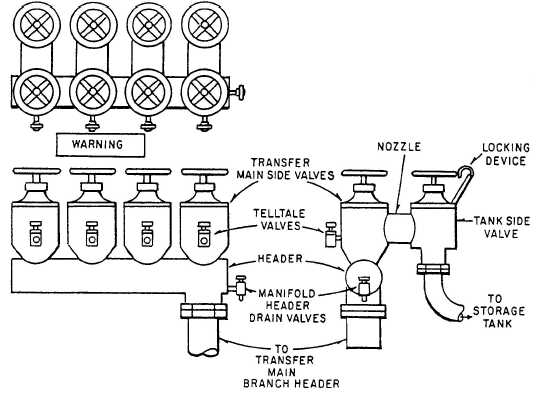Sticking Valve Stems
There are several of conditions that may cause
valve stem troubles. If the packing is packed too
tightly, or if the gland nuts are tightened unevenly,
the valve stem is likely to stick or bind. Backing off
on the gland nuts relieves the packing pressure.
Paint or rust on the valve stem, which also causes
binding, can be removed by cleaning the stem.
The valve may become stuck if the valve stem
threads are burred from rough handling or upset
from pressure that has been applied to move sticking
and tight valves. Distorted or burred valve stem
threads are very serious valve troubles. If the valve
cannot be moved by any other method, the bonnet
must be re-moved, the stem cut out of the yoke or
bonnet, and a new stem made. If the bonnet or yoke
is damaged, it also must be repaired or replaced. If
burred or upset threads are detected before the stem
becomes stuck, they can be dressed smooth with a file
or machined in a lathe. If the sticking is due to a bent
valve stem. the stem must be straightened or
replaced.
MANIFOLDS
Manifolds are an integral part of the JP-5 below
decks systems. They consist of several valves
mounted in a compact unit, which provides a means
of controlling the flow of JP-5 to and from several
tanks at one central location.
Double-Valved Manifolds
Double-valved manifolds (fig. 4-19) control the
flow of JP-5 to and from storage tanks that are
designated storage or ballast. They give double
protection against contaminating the transfer main
when the storage tanks are filled with seawater by
having two valves for one tanktop. These valves are
known as the transfer mainside valve and the
tankside valve.
The manifold HEADER is a section of pipe with
several equally spaced holes in the top to accommo-
date the transfer mainside valves. It is sealed on both
ends and has a pipe flange welded to the bottom. This
pipe flange is bolted to a section of pipe leading off
the transfer-main branch header.
Figure 4-19.—Double-valved manifold.
4-23

